Die erste Woche unserer Fieldschool ist fast vorbei. Die Tauchteams sind gut eingespielt und alle Beteiligten lernen jeden Tag viel dazu. An dieser Stelle seien jedoch auch mal die drei unserer elf Teilnehmer*innen erwähnt, die nicht als Forschungstaucher*innen tätig sind. Sie bleiben trockenen Fußes aber deswegen nicht weniger beschäftigt. Jeden Tag können sie in einem Programm aus Vorträgen, Workshops und Grabungstätigkeiten die Arbeit im Hintergrund der Unterwasserforschungen kennenlernen. Zu Themen wie Dendrochronologie, Prospektion, 3D-Dokumentation und -Visualisierung haben wir externe Vortragende eingeladen, die mit den Nicht-Taucherinnen das vertiefen, was das gesamte Team in täglichen Lektionen als Überblick vermittelt bekommt.
Auch an den Schlämmstationen konnten sie bereits ihr archäologisches Auge trainieren und gemeinsam mit Samuel und unseren Praktikantinnen Lisa und Mona das Sediment der Kulturschichten nach Fischschuppen, Keramikscherben, Haselnussschalen, Knochen, Exkrementen und vielem mehr durchsuchen. Vor allem seit der hereinbrechenden Kälte hier am See keine leichte Aufgabe!
Außerdem haben sich die drei dankenswerterweise bereit erklärt, einem unserer Social Media Kanäle auf die Sprünge zu helfen und damit in die Öffentlichkeitsarbeit und Vermittlung rund um das UNESCO-Welterbe reinzuschnuppern. Auf Instagram bekommen wir jetzt also einen direkten Einblick der Teilnehmer*innen in ihre Erfahrungen während der Fieldschool. Mit Quizfragen kann man sein Wissen rund um die Pfahlbauten testen, exklusives Foto- und Videomaterial zeigt die Arbeiten über und unter Wasser hautnah.
Die Berichterstattung geht natürlich auch nächste Woche weiter, wenn wir mit allen Fieldschool-Teilnehmer*innen nach Linz wechseln, wo wir mit der Oberösterreichischen Landes-Kultur GmbH den Weg der Funde weiterverfolgen, Analysemöglichkeiten kennenlernen und sogar zwei Exkursionen ins Salzbergwerk von Hallstatt und das Naturhistorische Museum in Wien unternehmen werden.
(EN) Fieldschool 2021 - There's a lot to do on land too!
The first week of our field school is almost over. The diving teams are well coordinated and everyone involved learns a lot every day. At this point, however, the three of our eleven participants should also be mentioned who are not active as research divers. They stay dry, but that doesn't mean that they stay less busy. Every day they can get to know the work in the background of underwater research in a program of lectures, workshops and excavation activities. On topics such as dendrochronology, prospecting, 3D documentation and visualization, we have invited external lecturers who, together with the non-divers, deepen what the entire team is given as an overview in daily lessons.
They were also able to train their archaeological eye at the flotation stations and, together with Samuel and our interns Lisa and Mona, search the sediment of the cultural layers for fish scales, ceramic shards, hazelnut shells, bones, excrement and much more. Not an easy task, especially since the onset of the cold here by the lake!
In addition, the three of them have thankfully agreed to help along one of our social media channels and thus get a taste of public relations and communication around the UNESCO World Heritage Site. So on Instagram we now get a direct insight from the participants into their experiences during the field school. With quiz questions you can test your knowledge about the pile dwellings, exclusive photo and video material shows the work above and under water up close.
The reporting will of course continue next week when we move to Linz with all field school participants, where we will continue to pursue the path of the finds with the Oberösterreichische Landes-Kultur GmbH, get to know analysis options and even will take two excursions to the salt mine of Hallstatt and the Natural History Museum in Vienna.















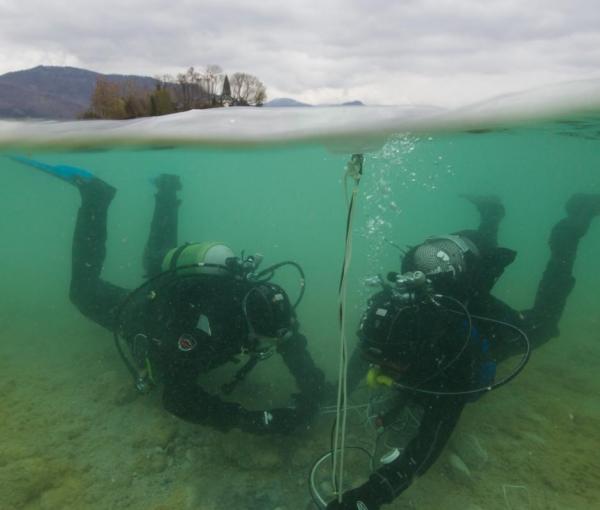
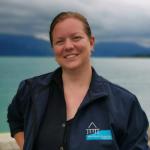
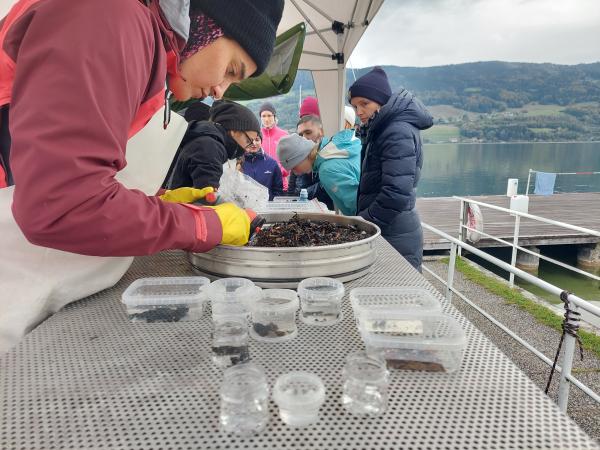
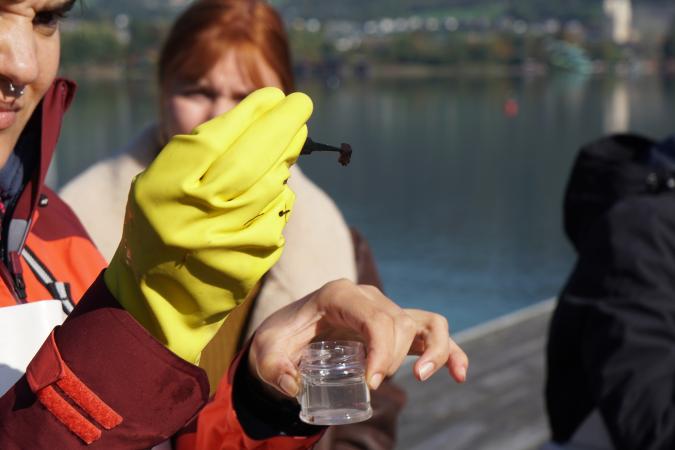
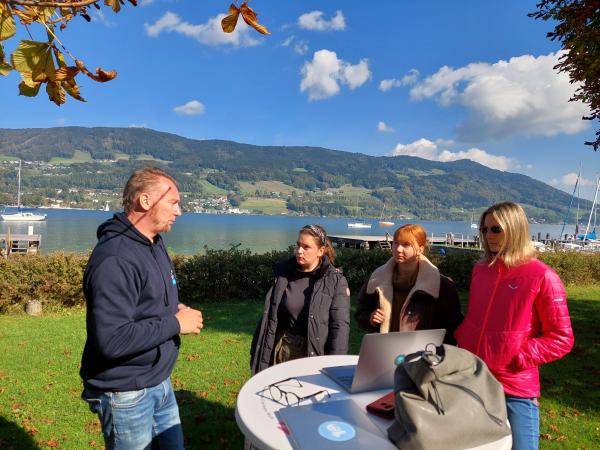
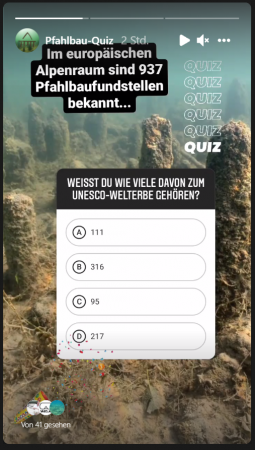
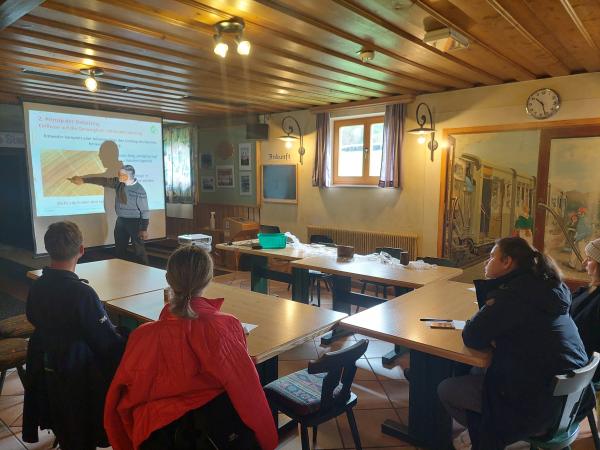
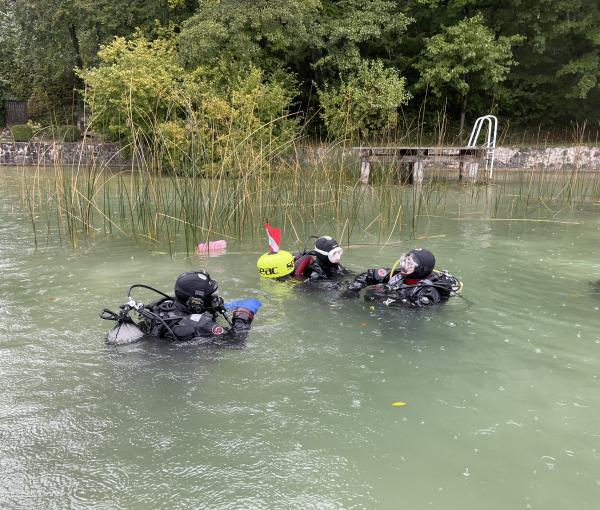
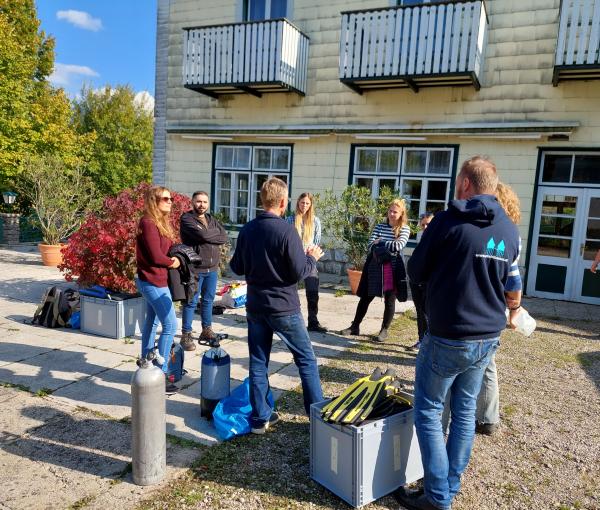

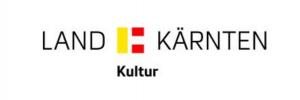
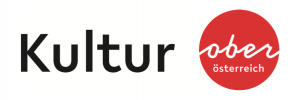

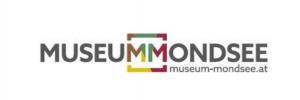

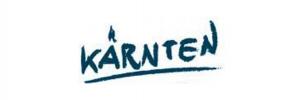
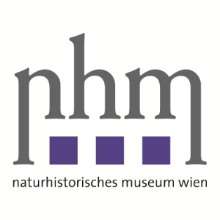
Neuen Kommentar schreiben